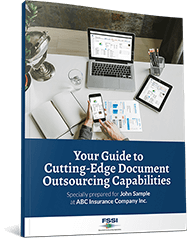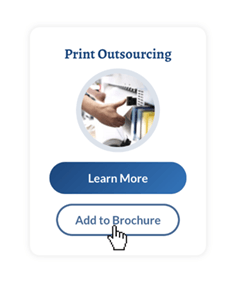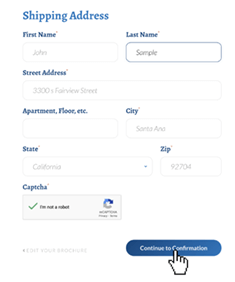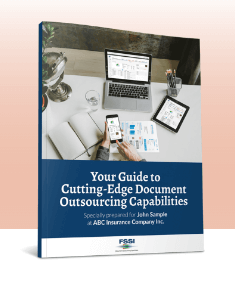Business Process Improvement, Document Design, How-to Guides
Getting More Business Value out of Transactional Customer Documents

Document Value Checklist: Turn Paper into Gold
In an earlier post, we explained that even a transactional customer document can have way more value to your business than most think. A bank statement, invoice, bill, or regulatory document can become a valuable touchpoint to interact with your customers. We mentioned how compliant production, variable data printing, and customer understanding can all increase the value of customer-facing financial documents.
This goes beyond merely fulfilling their original intended purpose. However, we stopped short of providing tips that actually make your billing and invoicing documents better. We put together a checklist for you to keep front of mind when creating your next document.
Using Document Design to Improve Your Customer Experience
Whether you use in-house resources or work with a document outsourcing company like FSSI, this simple but effective checklist will almost immediately help you identify how to improve the impact and usability of statements, bills, and invoices. Even everyday letters and notices can benefit from these time-proven customer document design best practices.
For best results, FSSI recommends assessing documents from your customers’ perspectives. Be honest and objective. Put yourself in their shoes and view each page as if for the very first time. If you believe customers would respond positively to the current content and layout, you’re probably on the right track.
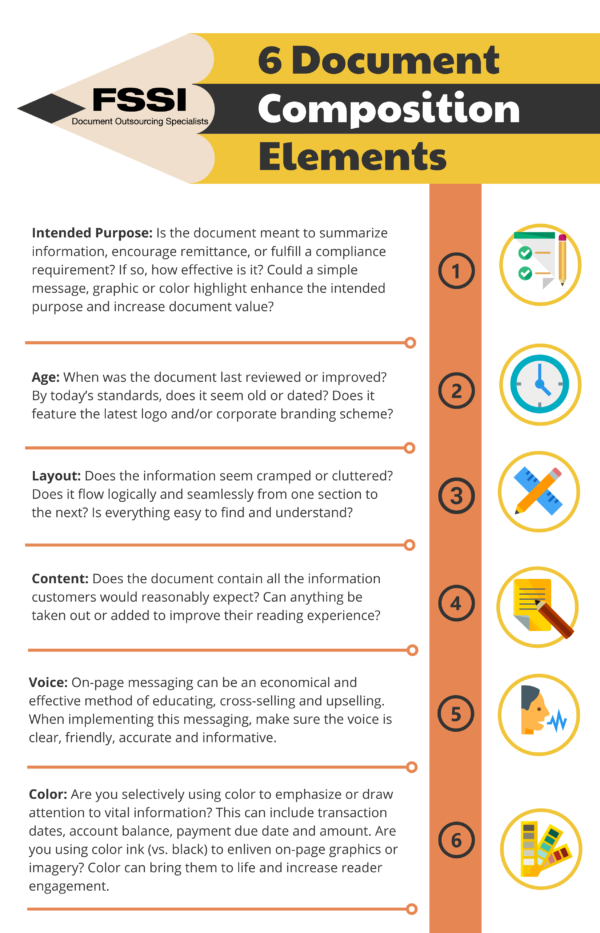
How to Design an Effective Document?
Do you think that your customer documents could require a redesign? At the very least, you should audit your documents to look for areas of improvement. These are the top 6 things to consider when building an effective customer document. Optimizing each of these areas can help you enrich your customer experience and increase the value of your customer communications.
- Intended Purpose: Is the document meant to summarize information, encourage remittance, or fulfill a compliance requirement? How well is it doing so? Could a simple message, graphic or color highlight enhance the intended purpose and increase document value?
- Age: When was the document last reviewed or improved? By today’s standards, does it seem old or dated? Does it feature the latest logo and/or corporate branding scheme?
- Layout: Does the information seem cramped or cluttered? Does it flow logically and seamlessly from one section to the next? Is everything easy to find and understand?
- Content: Does the document contain all the information customers would reasonably expect? Can anything be taken out or added to improve their reading experience?
- Color: Are you selectively using color to emphasize or draw attention to vital information. This can include transaction dates, account balance, payment due date and amount? Are you using color ink (vs. black) to enliven on-page graphics or imagery? Doing so can bring them to life and increase reader engagement.
- Voice (if using on-page messaging): On-page messaging can be an economical and effective method of educating, cross-selling and upselling. However, it is surprising that not all companies use on-page messaging (aka text or copy). When implementing this messaging, make sure the voice is clear, friendly, accurate and informative.
Free consultation, before-and-after samples
For an objective second opinion about any of your current documents contact an FSSI Marketing Communications Specialist today. This includes layout, color use, whitespace management or copywriting. We have a seasoned staff of in-house graphic designers, writers, programmers, and color experts ready to help. They’ll work with you to improve customer document management value and performance. You may also request samples from our before-and-after archive. We’ve worked with several different companies including banks, credit unions, insurance companies, the healthcare industry and other businesses in the financial services sector.

